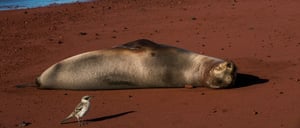
RABIDA ISLAND
Ready for your adventure?
Dive into nature with us and see what makes these islands unique.
Tap below to get started!
VISITOR SITES
Rabida
Also known as Jervis Island in English, Rabida is one of the most diverse in terms of volcanic activity as it lies at the very heart of the archipelago’s volcanic origin.
It is an island comprised of lava poured out of scoria cones, which are very rich in iron oxide and magnesium (typical of Galapagos basaltic lava); that when exposed and as it rusts, gives the island its astounding, unearthly reddish color.
Rabida in itself has an abundance of landscapes and marine life. The trail for visiting the site is somewhat short, requiring about 45 minutes of walking. We can also go around the shoreline in a dinghy to spot fur seals, pelicans, blue-footed boobies and Nazca boobies.
Excellent place for swimming and snorkeling, you could see white tipped sharks, rays and sea lions, and other different species.

- Disembarking: Wet.
- Type of Terrain: Sandy.
- Difficulty: Low.
- Activities: 1 hour 30 min hike / 1 hour snorkeling / 1 hour dinghy ride.
- Highlights: In this deep red beach, surrounded by cliffs and steep slopes of volcanic cinder cones, we will find a noisy colony of sea lions. The island is a birdwatcher’s delight.
Wildlife by visitor site
DARWIN FINCH
Gallery
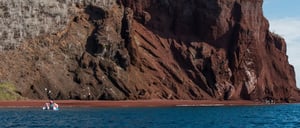
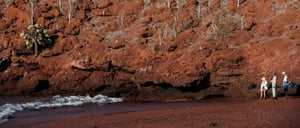
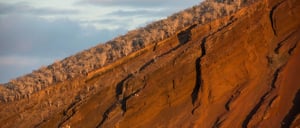
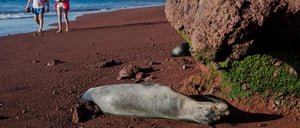
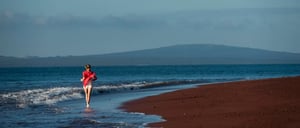
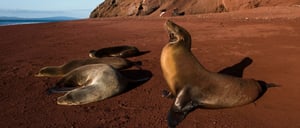
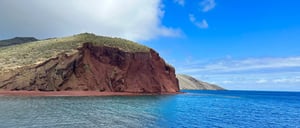
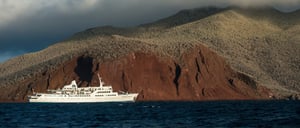
Suggested items
Gallery
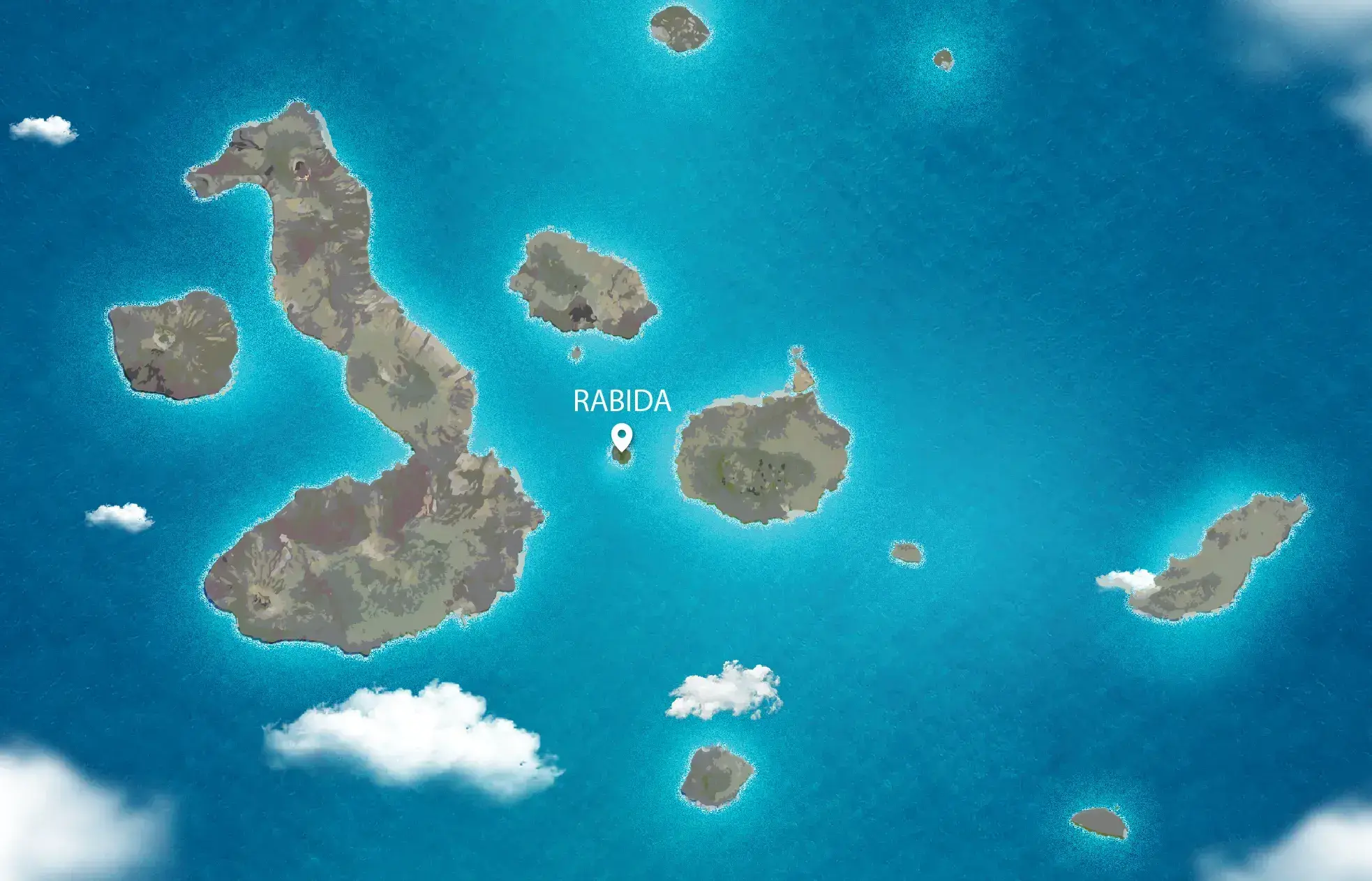
CHARLES DARWIN JOURNEY
This is the first Island visited by Charles Darwin, and his first impression of the dry coast he saw was of a deserted and isolated place. He did not find the tropical richness he expected, but he had the chance to collect the first specie that later on would be the start of his Theory of Evolution, the San Cristobal Mockingbird.